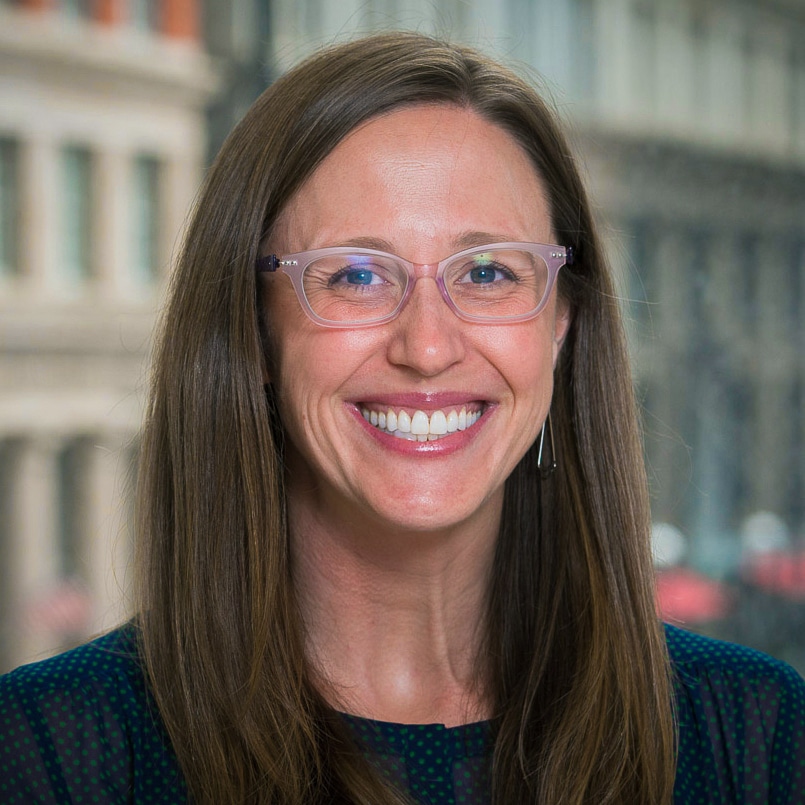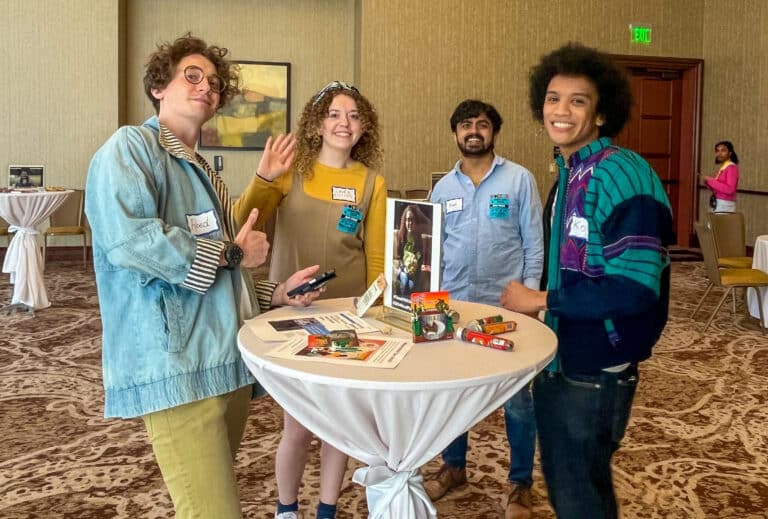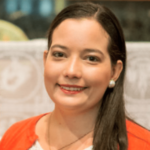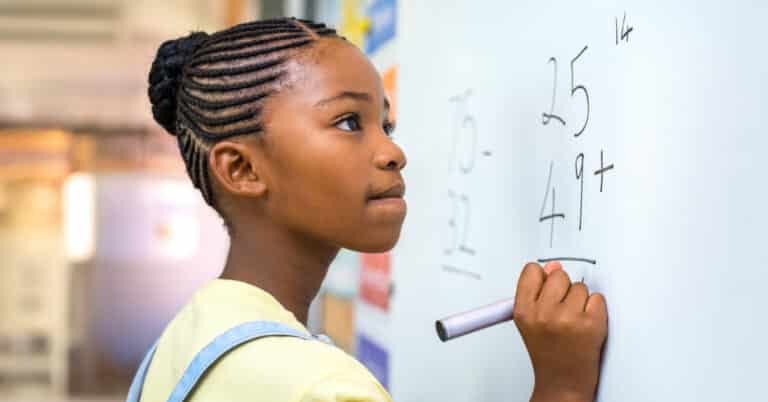Traditionally, when we talk about postsecondary education we mean collegiate programs that help learners work towards a degree. We mean job skill programs that help learners earn certifications, or formal learning that occurs after high school.
But those definitions are limiting. They elevate a specific kind of education – sometimes devaluing other types of learning – and don’t acknowledge the learning that each of us has to do to survive and thrive in life.
Lifelong learning, or the learning that occurs after high school, is postsecondary. Whether formally accredited or more casual, learning is an essential life skill.
- What essential tasks and problem-solving do you need to take care of when you move from one apartment to another?
- How do you navigate your local public transit system?
- How do you attain the digital literacy and technical skills required to give a presentation at work using new software?
- What steps do you follow to engage with your local government about a community concern?
- How do you learn to repair that leaky sink or fussy washing machine?
- What are appropriate manners, dress, conversation and ways to show respect when attending a funeral?
- How do you care for your garden or crops during a period of drought?

These types of scenarios, and so, so, so, so many more, require upskilling. Sometimes answers can be found via a quick internet search or a call home to a family member. Other times we need to do more research, reading up on a topic, watching instructional videos, taking a formal course or series of courses on the topic.
The ways we support lifelong learning might be different for each person, family and community. What works for one person learning something new might not work for another, and that is okay. The important thing is for each person to know how they learn best and what steps are necessary to engage in learning. The process of learning that skill, of getting those supports starts during the K-12 years. It is an essential piece of human-centered learning – systems of teaching and learning that provide each person with the opportunities and supports that they need to thrive.
Treating learning as a personal practice enables children and youth to develop the individual agency and techniques to break through learning plateaus and achieve goals, setting the foundation for lifelong learning.
Learn more >
In Utah there is a statewide emphasis to lifelong learning. The Utah State Board of Education led work to create a Portrait of a Graduate, which identifies the ideal characteristics of a Utah graduate after completing K-12 education. They then went on, in partnership with KnowledgeWorks, educators and leaders throughout the state to create competencies aligned to each element within the Portrait of a Graduate. What does academic mastery; creativity and innovation; or hard work and resilience look like at each grade level, including postsecondary? In the postsecondary descriptions, the skills and characteristics needed to be mastered by Utah learners are framed as lifelong learning. Are these things individuals should master as part of a comprehensive formal education? Yes. Are these skills people should master as part of the lifelong learning that is part of being a thriving member of a community, regardless of formal education? Also yes.
Supporting lifelong learning means that learning experiences and assessments are intentionally designed, with supportive, developmental conversations with both teachers and the other adults who serve as peers, mentors and guides who help students discover their motivations for learning as well as their most effective practices. Over time, these experiences provide learners with insights about themselves, their communities and the purposes that ignite their learning journeys. Their lifelong learning journeys.
Our vision for human-centered learning places the healthy development, well-being and creative potential of all people at the center of educational systems, structures, practices and learning experiences.





